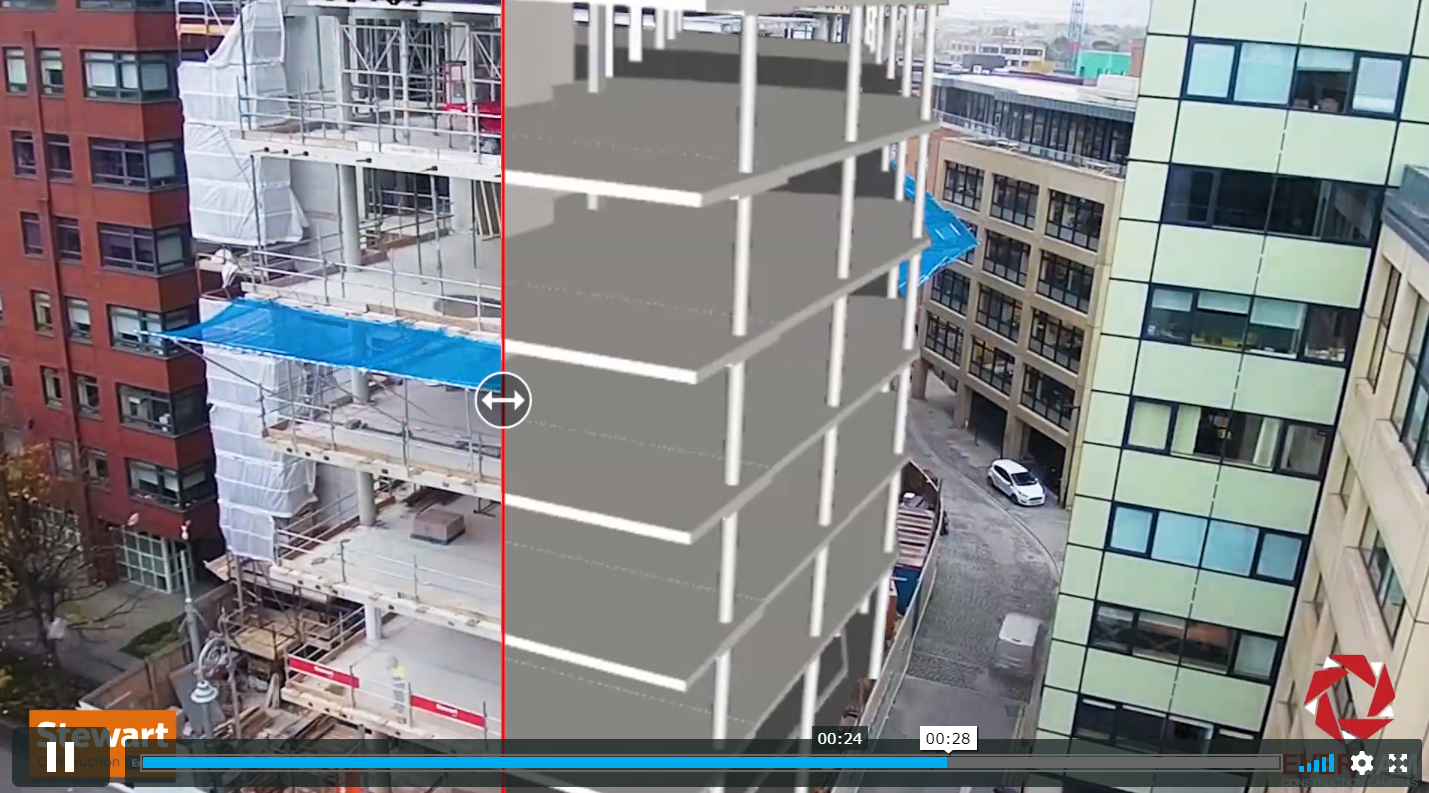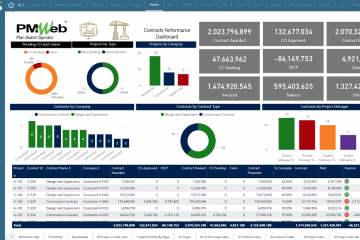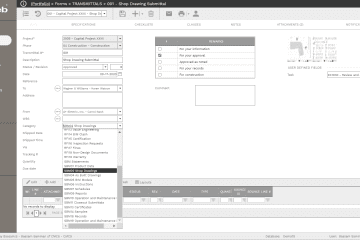The growing trend to use Building Information Modelling (BIM) in capital project delivery has brought to the market many applications that integrate the BIM model with the project schedule (4D) and cost estimate (5D). Nevertheless, what most project stakeholders are looking for is an interactive easy-to-use BIM-enabled business intelligence and visualization solution that enables them to visualize, analyze, monitor, evaluate and report the performance of the different project management processes from their desk. This requires having a solution that enables integrating the different project management data sources with the BIM model with the least effort as well as being flexible enough to meet the unique nature of construction projects. This can be found in a BIM-friendly WBS. The benefits of having such functionality are even more needed nowadays during the COVID-19 pandemic to enable stakeholders to have a better visualization of how and where the different project management processes are impacting their project’s performance while respecting the social distancing and work from home requirements. This is a functionality that stakeholders will continue to ask for even post the COVID-19 pandemic era.
Regardless of the project management standards, requirements, or maturity level that exists on any given engineering and construction project, there will always be one practice that all those projects will always have. This is the Work Breakdown Structure (WBS) practice. By definition, a WBS is a deliverable-oriented hierarchical decomposition of the work to be executed by the project team to accomplish the project objectives and create the required deliverables. It organizes and defines the total scope of the project. Achieving the desired visualization, analysis, monitoring, evaluating, and reporting of projects’ performance using the BIM model requires having a BIM-friendly WBS to be adopted when it comes to managing engineering and construction projects.
The research document titled “Managing BIM-Integrated Information for Effective Look-ahead Planning” by Saed Hasan Saffarini and Ragip Akbas of Ozyegin University, October 2017, has identified a seven-level work breakdown structure that provides each individual BIM entity with a unique ObjectCode. The WBS figure below details those seven levels. It also shows an example of the BIM model ObjectCode “OZU_BE_L02B_STR-CON_WALL_12563” where OZU is the project name, BE is the Engineering Building, L02B is second-floor level zone B, STR is the structure discipline (for example HVC is for HVAC discipline), CON for concrete works, Wall for Wall object and 12563 for the Wall ID. The ObjectCode field will be used in all applications used to manage the project processes including the scheduling tool like Primavera P6 or MS Project and project management information system (PMIS) like PMWeb.
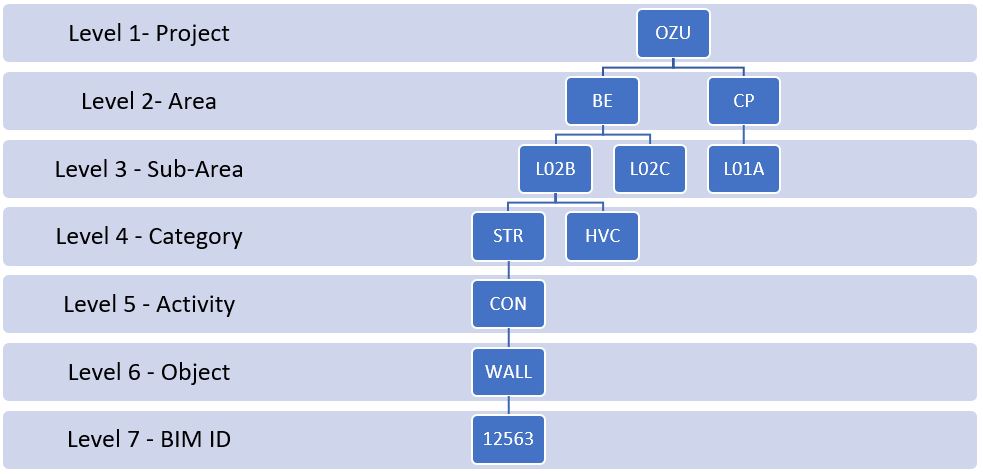
To enable PMWeb to use the BIM-friendly WBS, the WBS levels need to be created in the PMWeb WBS module or imported from Primavera P6 or MS Project. It should be noted that on some projects, there will be schedule-driven WBS levels that might be different than the BIM-friendly WBS. In those cases, the Primavera P6 and MS Project schedules will use the schedule-driven WBS while PMWeb will use the BIM-friendly WBS. The BIM-friendly WBS values will be added as one of the user-defined fields available in the project schedule software.
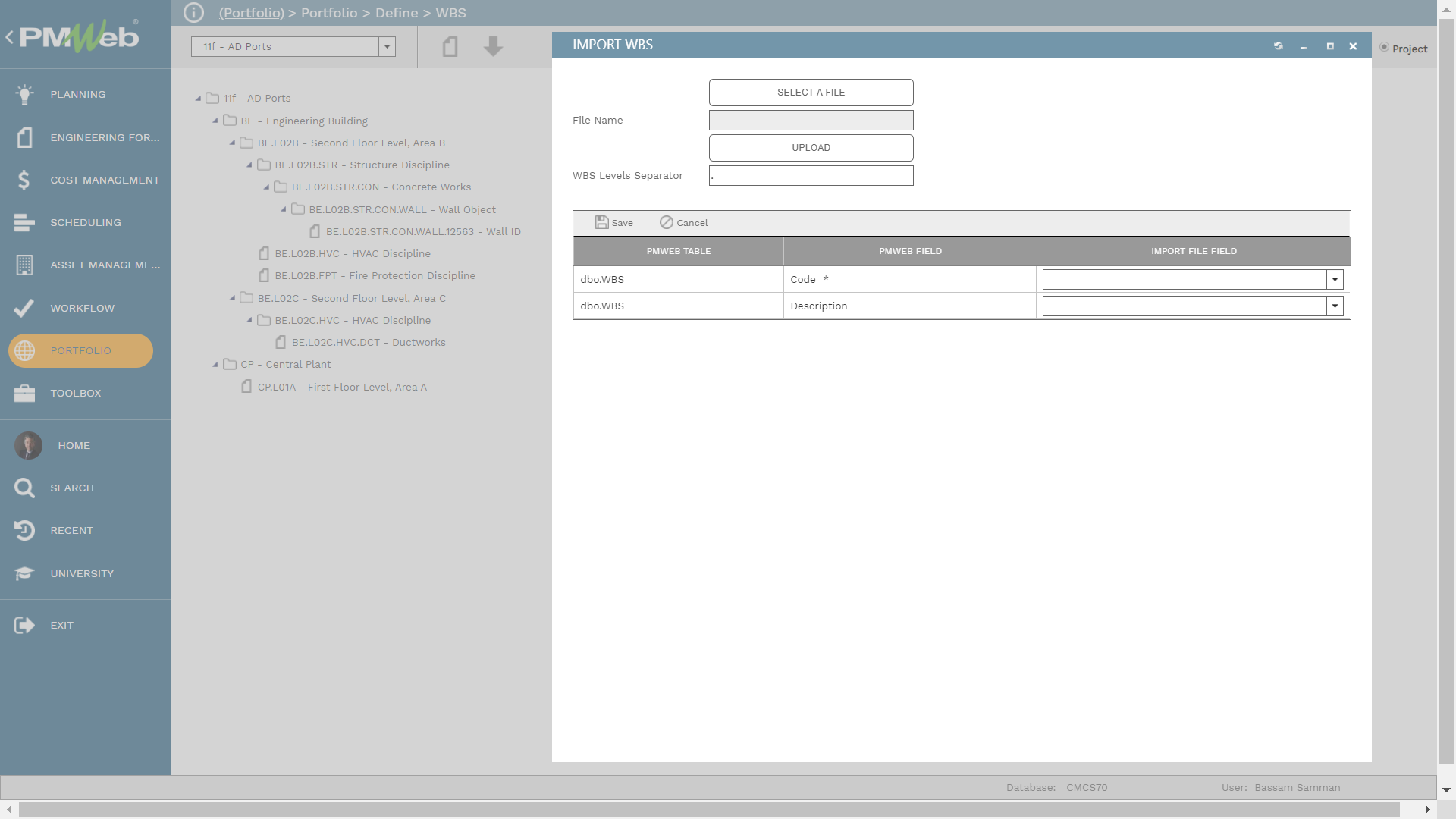
The BIM-friendly WBS will become the basis for associating the different project records with the BIM objects. All records including but not limited to communications, quality, HSE, cost, contract, claims among others as well as project schedule activities will have the relevant BIM-friendly WBS value assigned to it. Most of those records are either available out of the box in PMWeb or can be created using PMWeb custom form builder. For the project schedule data, there is the option to extract the data from the scheduling application, like Primavera P6 or MS Project, or from PMWeb if the schedule data was imported to PMWeb. Nevertheless, it is very common to have data from different data sources or applications associated with the BIM objects so long as the same BIM-friendly WBS is used.
Microsoft Power BI, a data visualization and business intelligence application, enables the association of those data sources with the BIM model to allow stakeholders to have an interactive BIM-enabled business intelligence and visualization solution to manage, analyze, monitor, evaluate and report the performance of the different project management processes. MS Power BI will automatically associate the different data sources with the BIM model so long as those data sources use the same BIM-friendly WBS values. The BIM model in IFC file format along with the required fields will be imported to MS Power BI using Vcad from BLogic whereas the other records along with their required fields will be imported from PMWeb and Primavera P6 or MS Project. BLogic is also working on a new release of Vcad that is expected very soon to allow importing the BIM models in their original Revit file format.
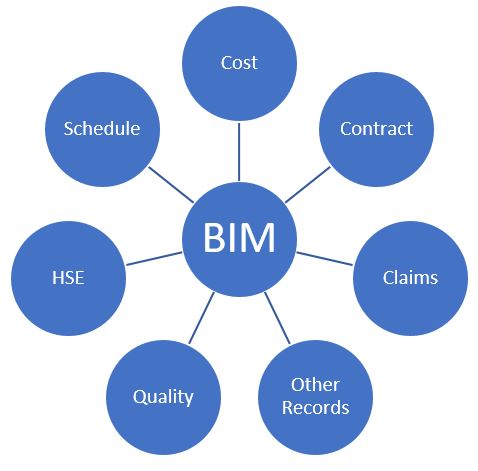
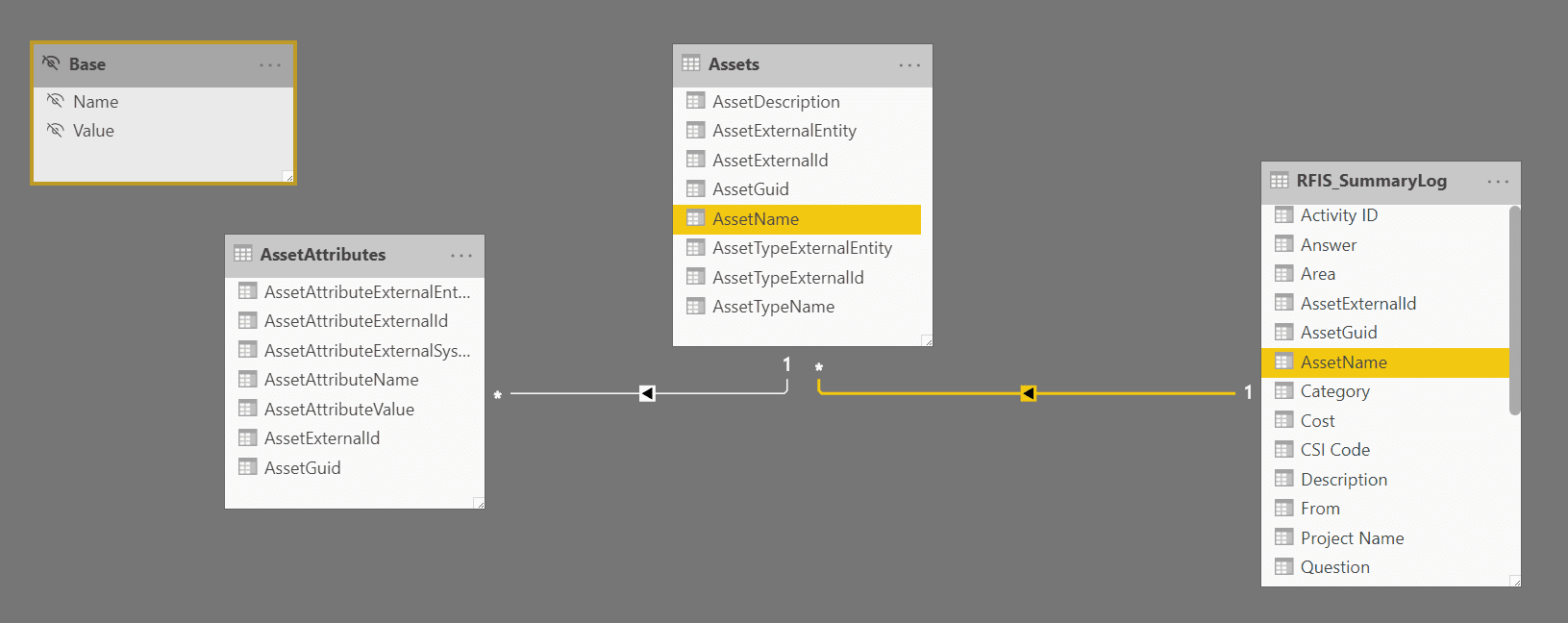
With this information and the association of the different data sources’ tables, different layout reports can be created to display the BIM model and the relevant project management records that are associated with the BIM model objects. The report could also include different graphical visuals to analyze and summarize the information captured in those records. Those could include information that relates to the project schedule, cost, quality, health and safety, communications among others.
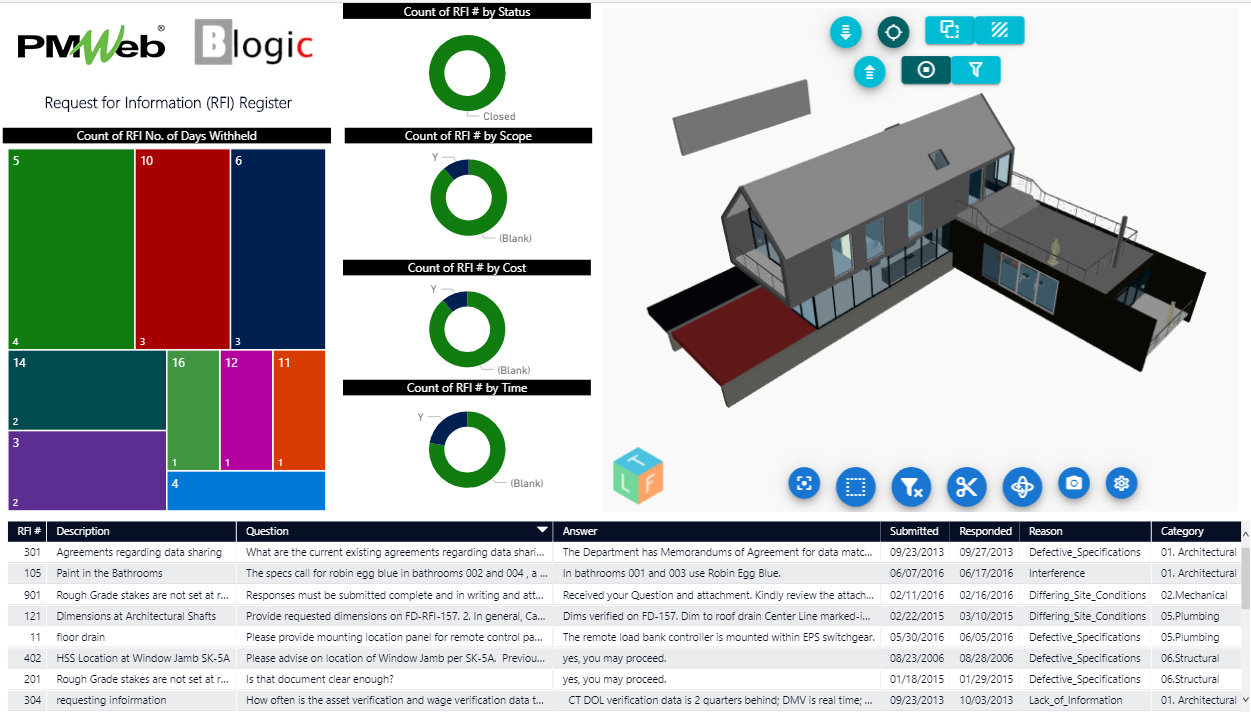
The MS Power BI report is an interactive report where the information will be automatically filtered depending on the selection made and for which the BIM model will highlight the selected BIM objects or assets. This will provide the report reader with immediate visualization of the BIM objects associated with the selected RFIs. For example, by selecting the RFIs that had been withheld for 12 days or more, the PMIS tabular and graphical visuals will display only those selected RFI transactions and the BIM model will reflect the associated BIM objects or assets. The user has full control to zoom and rotate the BIM model for a better visualization of the associated BIM objects or assets. The Vcad viewer allows having X-Ray view to locate the objects inside the BIM Model.
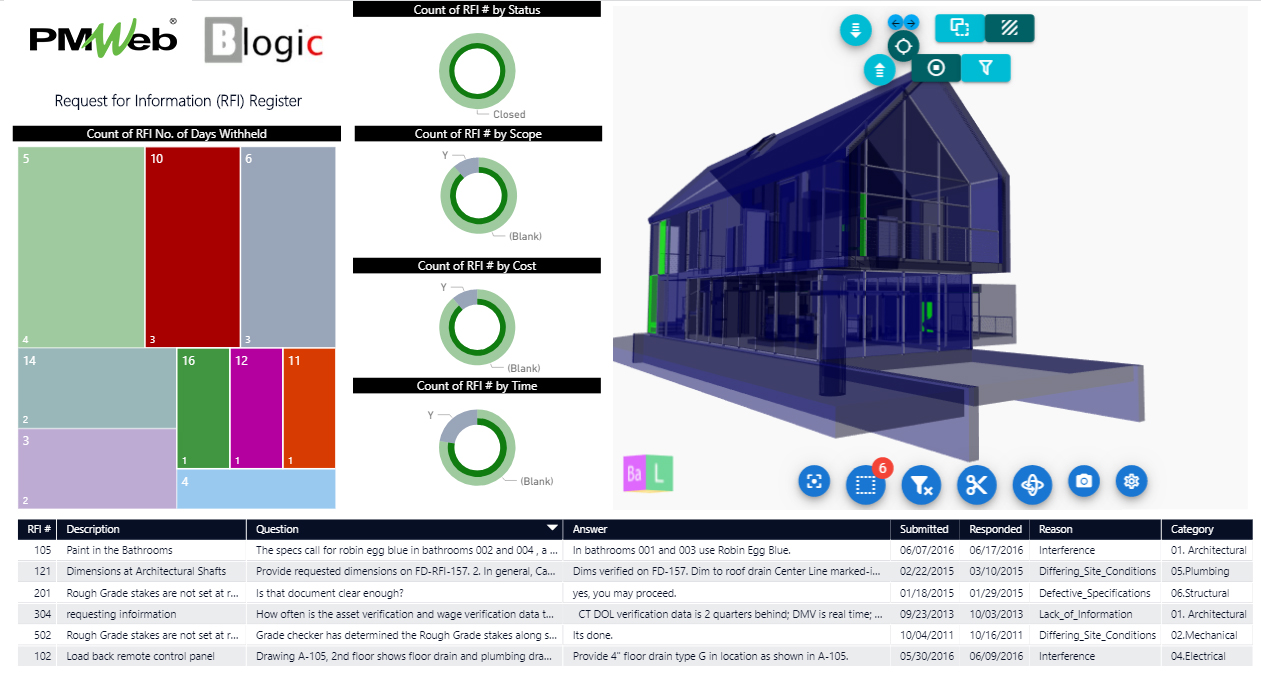
The same approach will also be followed with other captured information in PMWeb including imported project’s schedule data with the option to link the Oracle Primavera P6 and MS Project schedule data directly. Accordingly, executives can now have access to the needed project schedule information in an interactive and intuitive format. For example, for the project’s schedule status dashboard, when the executive stakeholder clicks on the red bar for the delayed activities, the dashboard will automatically filter the delayed activities and display the BIM objects or assets that are associated with those activities. The dashboard could also include a section that details the reasons for the delayed activities that could be associated with the BIM objects or assets.
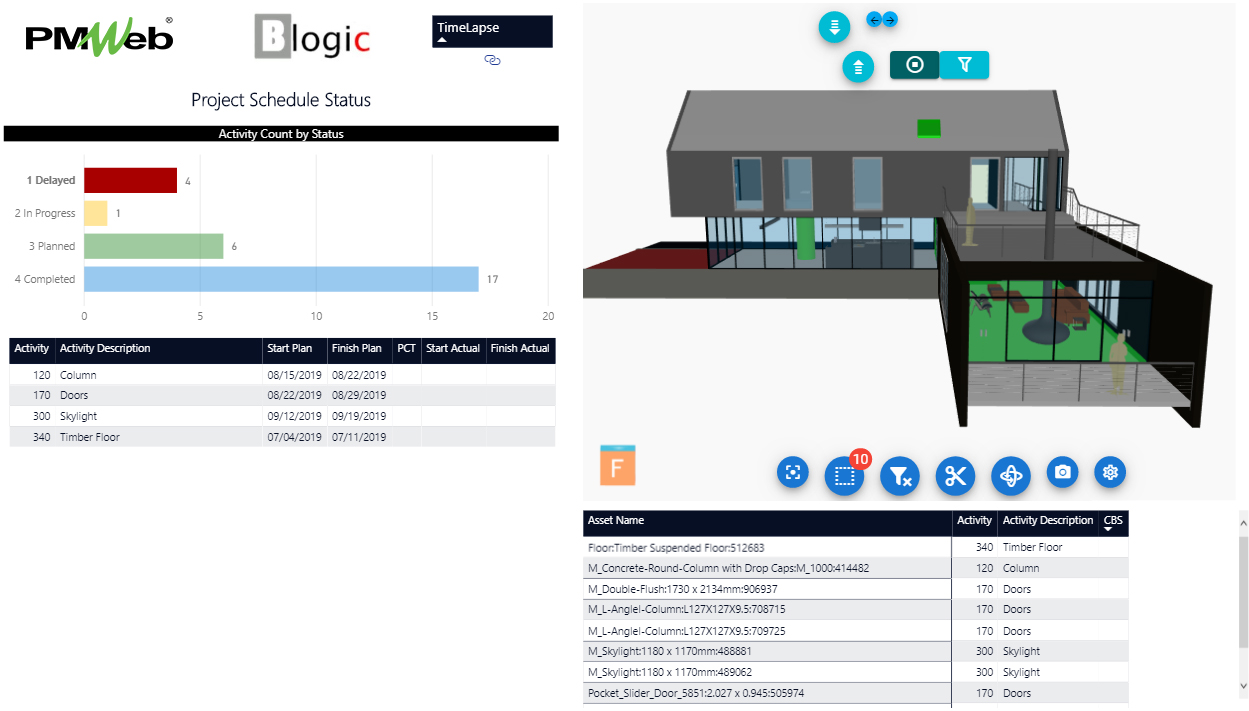
The same approach can be further used to improve the visual reporting for the material submittal log, which will usually include details of submittal items, category, CSI specification section, WBS level, project schedule activity, submittal approval due date, submittal planned submission date, and the name of the manufacturer. The visual submittal log report can be used to visualize delayed submittal items, submittal items that are due for submission, approved submittals, procured assets, or any other desired selection. The main value of the visual submittal log is enabling the stakeholders to visualize the assets associated with the submittal item and what impact they might have on the project.
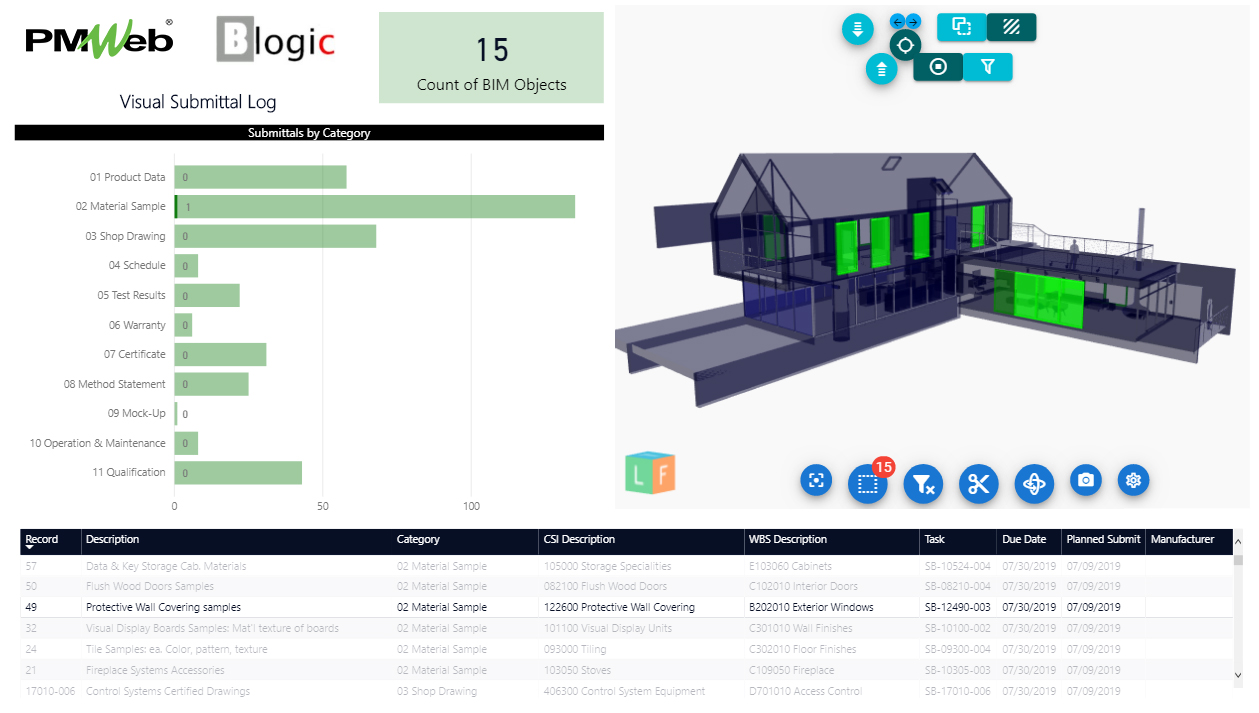
The benefits of having a BIM-friendly WBS in visualizing, analyzing, monitoring, evaluating, and reporting the performance of construction projects can also be associated with time-lapse cameras installed on construction sites. For example, EVERCAM Construction Cameras is now working on a solution to associate the data captured in their construction camera solutions with the project’s BIM model. This will enable the stakeholder to visualize the BIM along with the actual construction status feed from the cameras. This video explains the BIM-Construction camera integration concept.
